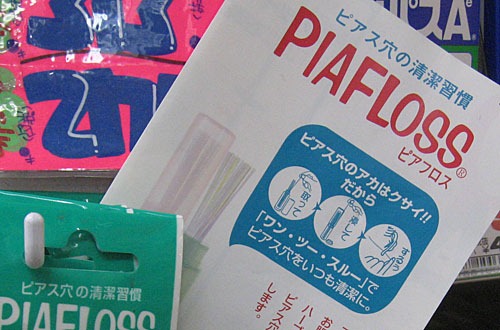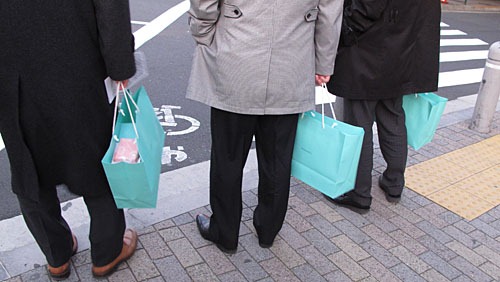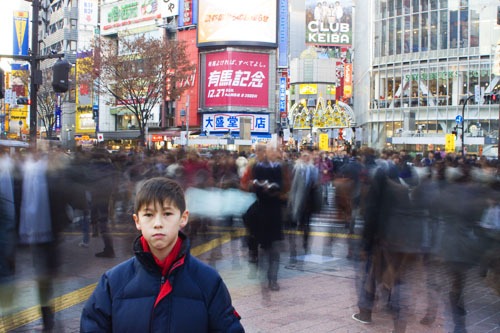While I was in Tokyo this week, my colleague, friend, and ramen fiend K1 (his name is actually Keiichiro, but since ichiro means one in Japanese, he goes by "K1") took a few of us to his absolute favorite ramen place -- Ramen Jirou.
As it turns out, this shop has a cult-like following among the Japanese. Ramen Jirou is completely different from other ramen places I've been like Ippudo or Kyushu Jangara (some purists don't even consider it to be ramen.) People have compared the place to the restaurant of "Soup Nazi" fame. To begin with, the branch we went to kind of dirty, more like something I'd expect in Beijing, not Tokyo.
There's nothing to order besides ramen -- no gyoza and if you want something to drink besides water, you can buy it from the machine outside. There are only a few seats, and often a half-hour line. You sit when a seat opens up -- no waiting for enough room for your party.
There's only one basic menu choice -- a super-rich pork-based soup with thick and dense noodles (vs. the thin ramen noodles or lighter udon noodels), a few slices of pork, and a pile of cabbage and bean spouts mounded on top. It has none of the classic ramen toppings, no egg, no menma (pickled bamboo shoots), no cod roe. It's not a really visually attractive bowl frankly -- kind of monochromatic and slopped in vs. the carefully composed look of most Japanese food. The only choices are whether you want a big or small bowl with extra meat or not. You buy a chit from a machine that specifies your preference. I ordered a small bowl with a normal amount of noodles and meat. It was 600 yen, a little over USD$6.00.
When the chef hands you the bowl, you specify whether you want garlic, vegetables, more pork fat, and additional soy sauce (K1 says it's too salty with additional soy sauce). You have to order in a specific way, like ordering a latte at Starbucks, or you will be met with derision. (I had to memorize the order in Japanese before I sat down; naturally I had it with everything except the additional soy sauce. You say "yasai, niniku, abura" for "vegetable, garlic, fat") Once the bowl arrives, you eat silently, seemingly as fast as you can. Once complete, you put the bowl on the upper counter, wipe off the counter, and leave quickly.
OMG -- it was fantastic and unlike anything I had ever had. The soup was amazingly rich and tasty with blobs of pork fat suspended in the soup. The noodles were dense and chewy, the meat tender, and the veggies added enough crunch and variety to balance the thing out. A few shakes of white pepper kicked it up even a little more. I slurped up my bowl in a few minutes with a huge grin on my face. There's nothing subtle about it. Just pure porky goodness.
K1 has described the various stages of Ramen Jirou addiction. Early on, other ramens taste wimpy. Apparently at the last stage (the one he's in), you can't think of anything else. He dreams of Jirou incessantly and goes there first whenever he lands in Japan. It's not just K1. There are a lot of write-ups on Ramen Jirou including an NPR story, a CNN article, a Guardian UK article declaring it one of the 50 best things to eat in the world, and more.
I'm fast on my way toward Ramen Jirou addition too.
Some pix:
The line outside Ramen Jirou. All of the official branches have this yellow awning sign.
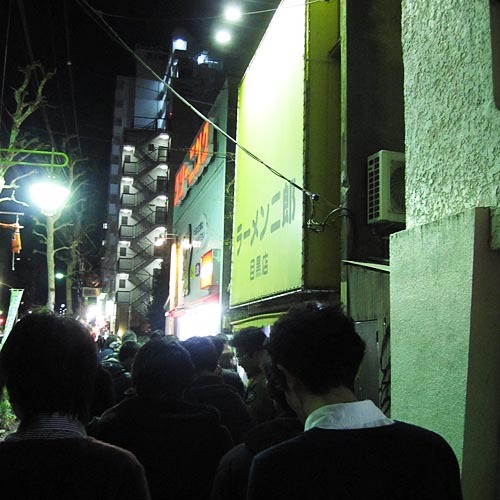
The scene inside as I look longingly from outside. There are a few few seats at the L-shaped counter and two people working inside.
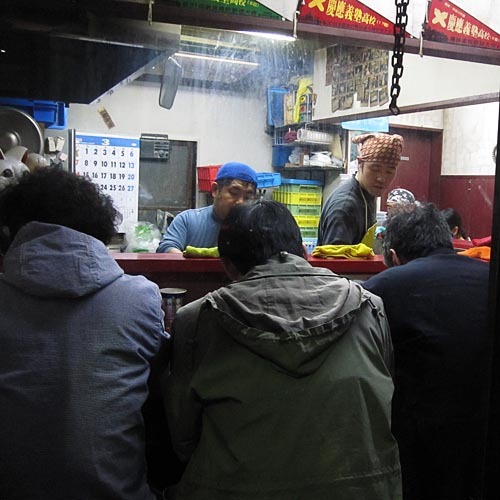
This is the machine you order from. The row on top are the small bowls, the lower row is the large bowl. The choice on the right is extra meat.
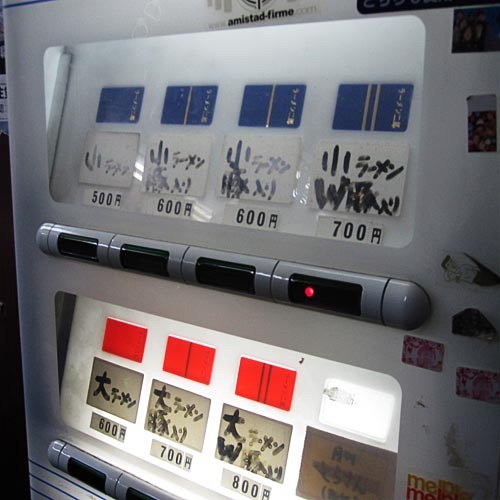
The master at work. He kind of just slops everything into the bowls. You can see the sliced pork at the bottom.
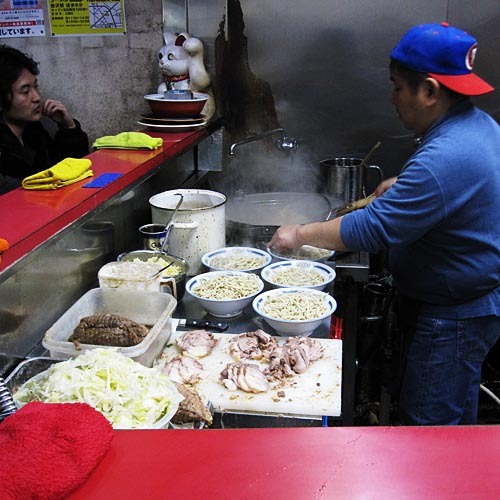
The bowl of happiness. It doesn't look like much, but damn, it's good.
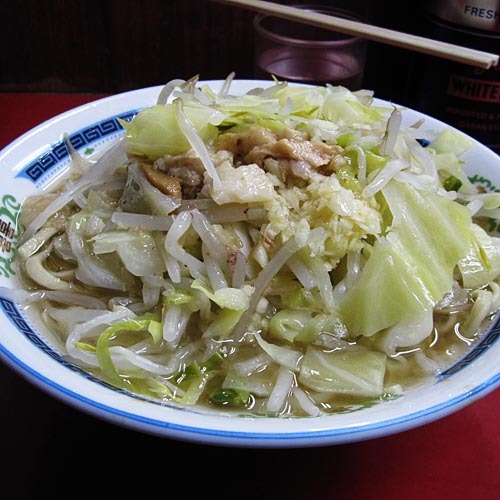
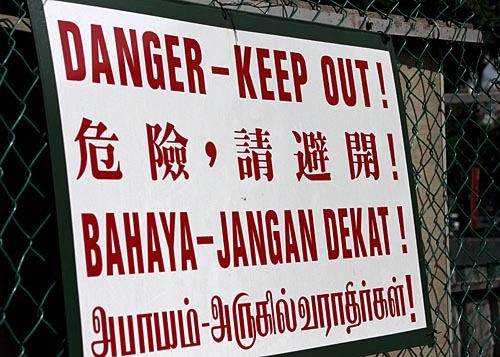
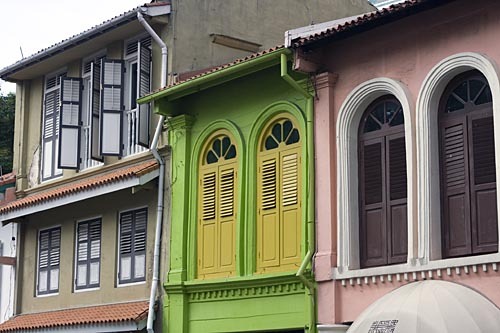
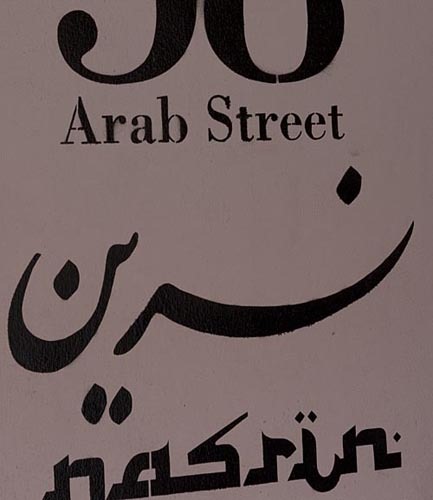
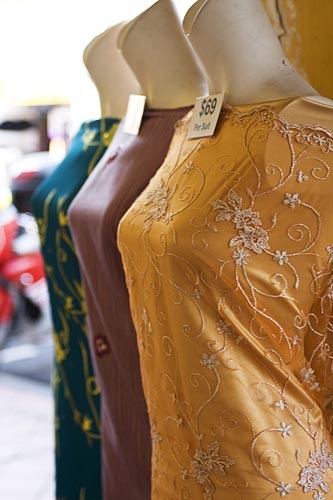
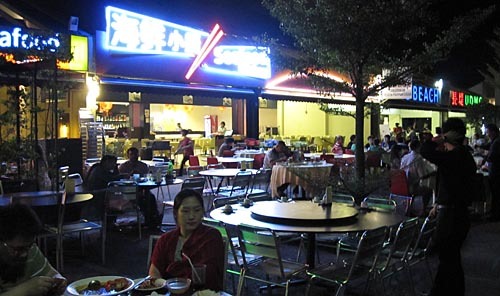
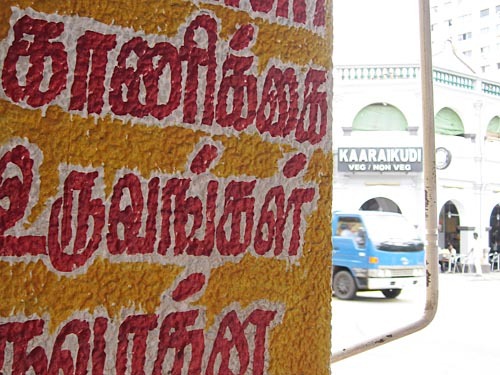
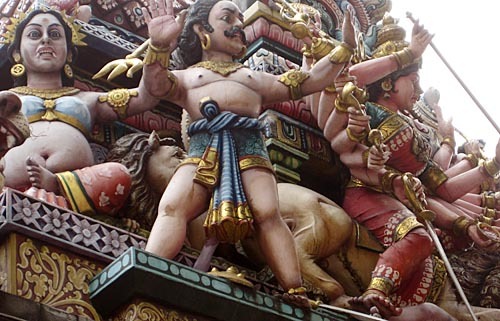
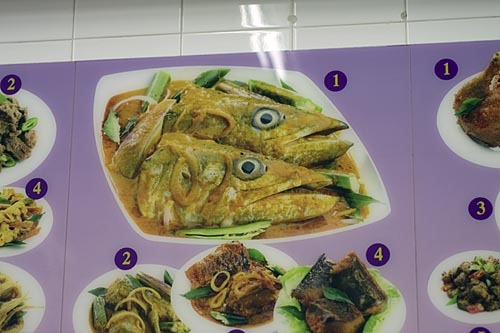
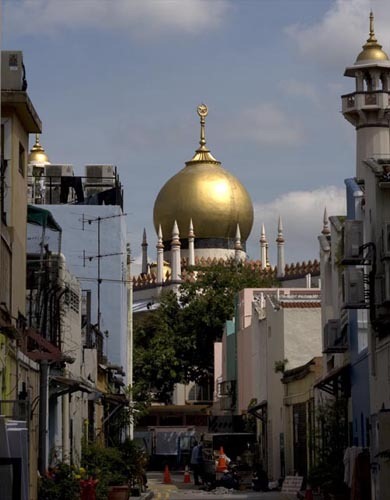
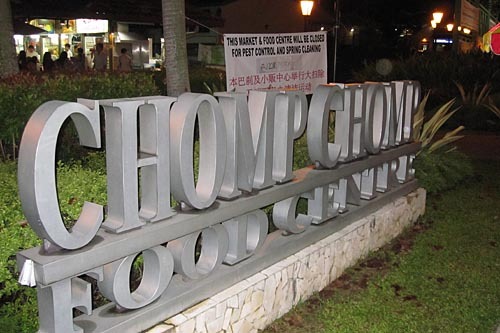
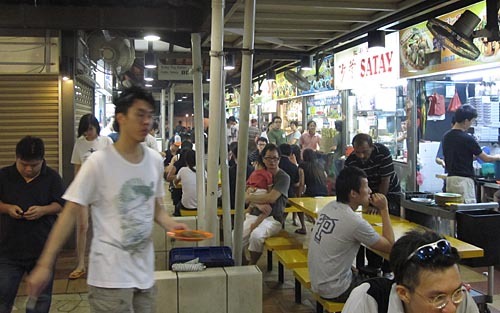
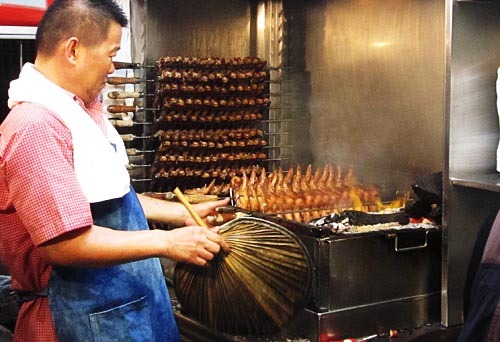
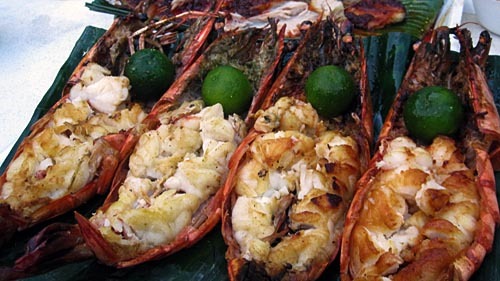
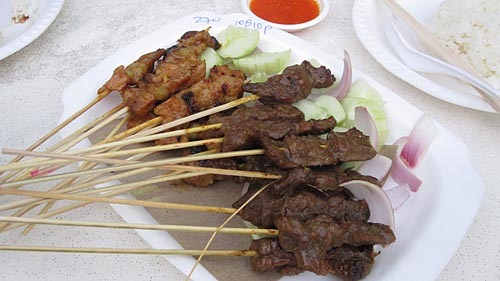
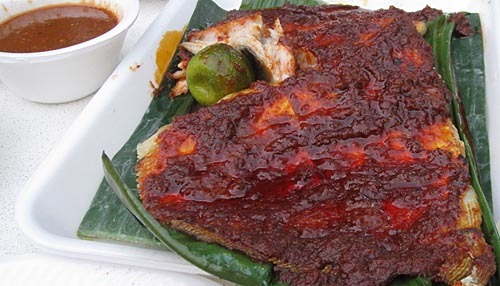
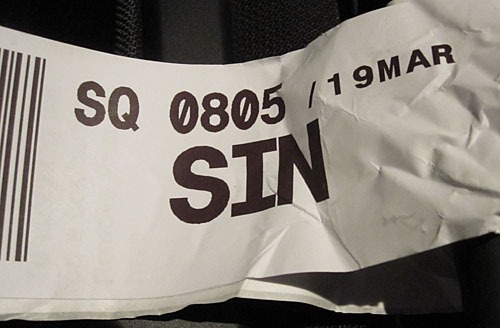






_a782b286-d4ac-4049-aead-8b23ceb32a1d.jpg)
